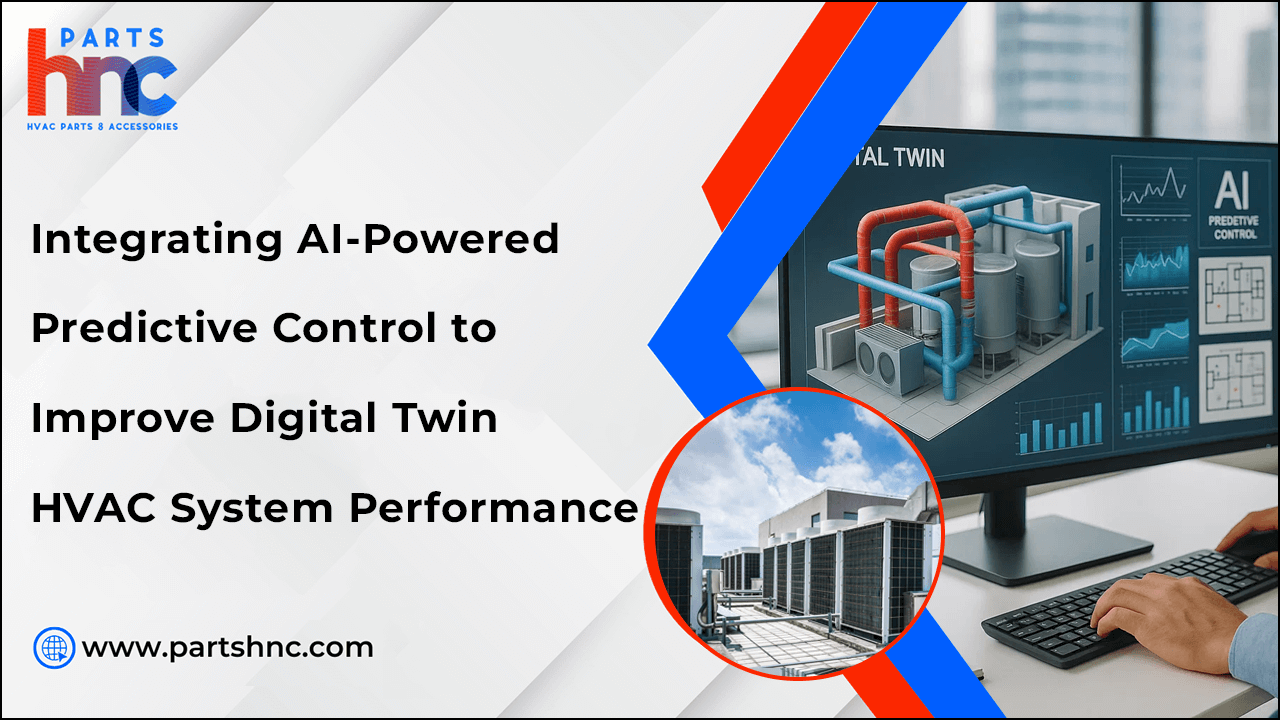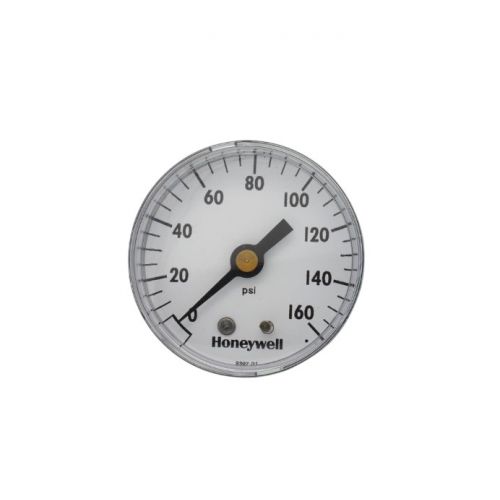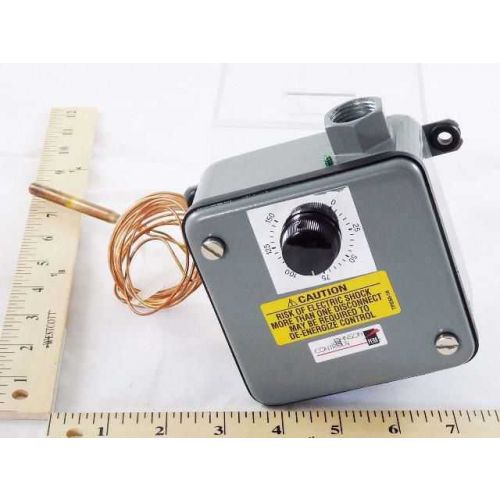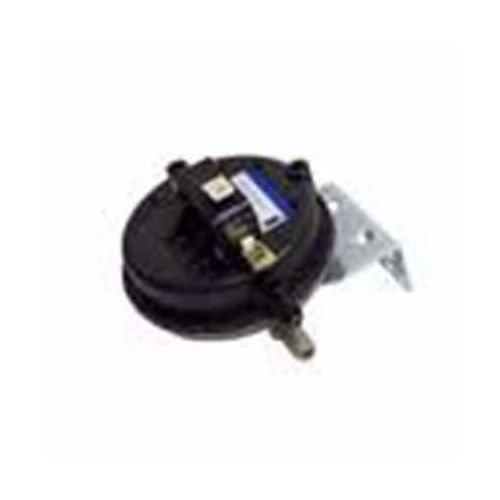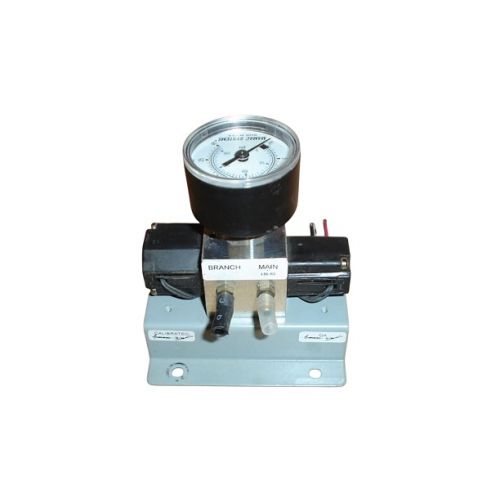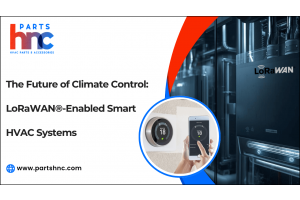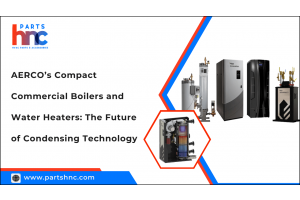Integrating AI-Powered Predictive Control to Improve Digital Twin HVAC System Performance
Integrating AI-powered predictive control into digital twin HVAC systems represents a significant advancement in building management technology. By leveraging real-time data and machine learning algorithms, these intelligent systems can anticipate and respond to changes in environmental conditions more efficiently than traditional HVAC controls. This proactive approach not only enhances system performance but also reduces energy consumption and operational costs, making buildings smarter and more sustainable.
Digital twins create a virtual replica of physical HVAC systems, enabling continuous monitoring and simulation of different scenarios. When combined with AI-driven predictive control, this technology allows facility managers to optimize heating, ventilation, and air conditioning processes with greater precision. As a result, occupants benefit from improved comfort while building owners experience increased system reliability and lower environmental impact.
Understanding AI-Powered Predictive Control in Digital Twin HVAC Systems
AI-powered predictive control integrates advanced machine learning algorithms with digital twin technology to optimize HVAC system operations. This combination allows for more precise and proactive management of heating, ventilation, and air conditioning by simulating real-world conditions and predicting future system behavior.
Key aspects include:
-
Digital Twin Creation: A virtual replica of the physical HVAC system that continuously updates with real-time sensor data for accurate monitoring and analysis.
-
Predictive Analytics: AI models analyze historical and current data to forecast future HVAC demands and environmental changes.
-
Proactive Adjustments: The system anticipates temperature fluctuations, occupancy patterns, and external weather conditions to adjust HVAC settings before issues arise.
-
Energy Efficiency: By predicting needs accurately, the system minimizes energy waste, reducing operational costs and environmental impact.
-
Improved Comfort: Ensures consistent indoor climate control, enhancing occupant comfort and satisfaction.
-
Fault Detection: Early identification of system anomalies or inefficiencies, allowing timely maintenance and avoiding costly breakdowns.
Together, AI-powered predictive control and digital twins create a smart HVAC system that responds dynamically to changing conditions, driving efficiency and reliability.
How AI-Powered Predictive Control Enhances Digital Twin HVAC Systems
AI-powered predictive control boosts digital twin HVAC systems by enabling smarter, more adaptive operations. Unlike traditional controls, it proactively anticipates and optimizes future system needs.
-
Dynamic Load Forecasting: AI analyzes various factors such as weather forecasts, occupancy patterns, and building usage to accurately predict HVAC load demands. This enables the system to adjust settings in real-time, maintaining optimal conditions while avoiding energy waste.
-
Optimized Setpoints: The control system continually refines temperature and airflow setpoints based on current and predicted conditions, balancing occupant comfort with energy efficiency dynamically.
-
Adaptive Learning: Over time, the AI learns from operational data and environmental feedback, improving its predictive models and control strategies to better respond to changing building dynamics.
-
Reduced Equipment Wear: By minimizing unnecessary cycling and optimizing runtimes, predictive control extends the lifespan of HVAC components, reducing maintenance costs and downtime.
-
Integration with Renewable Energy Sources: AI can synchronize HVAC operation with renewable energy availability, such as solar or wind power, enhancing the sustainability of building energy management.
-
Real-Time Scenario Simulation: Digital twins enable simulation of multiple “what-if” scenarios, empowering facility managers to make informed decisions on HVAC adjustments under varying conditions.
-
Enhanced Fault Prediction: Beyond merely detecting faults, AI anticipates potential failures in advance, facilitating proactive maintenance that prevents costly breakdowns and operational interruptions.
These improvements collectively make HVAC systems more efficient, reliable, and environmentally responsible, driving smarter building management.
Benefits of Integrating AI-Powered Predictive Control in HVAC Digital Twins
Integrating AI-powered predictive control into HVAC digital twins offers a wide range of benefits that improve system efficiency, reliability, and user comfort. These advantages help buildings operate smarter and more sustainably:
-
Energy Savings: AI optimizes HVAC operations by predicting demand and reducing unnecessary energy consumption.
Example: A commercial building reduces its monthly electricity bill by 20% after implementing AI-driven predictive control that adjusts cooling based on real-time occupancy patterns. -
Improved Indoor Air Quality: Predictive control ensures ventilation rates adjust dynamically to maintain fresh air levels and reduce pollutants.
Example: An office space uses AI to increase fresh air intake during high occupancy periods, significantly lowering CO₂ levels and enhancing employee well-being. -
Enhanced System Reliability: Continuous monitoring and early fault detection prevent unexpected HVAC failures.
Example: A hospital’s HVAC system identifies a failing compressor early, allowing for maintenance before a breakdown, ensuring uninterrupted patient care. -
Cost Reduction: Lower energy use and reduced maintenance expenses translate into substantial cost savings.
Example: A retail store cuts maintenance costs by 30% by avoiding premature equipment replacements through predictive fault alerts. -
Customized Comfort Settings: AI tailors HVAC settings to occupant preferences and usage patterns for optimal comfort.
Example: A smart office adjusts temperatures automatically for different zones based on employee schedules, improving satisfaction and productivity. -
Sustainability Goals Support: AI integration helps buildings reduce carbon footprint by optimizing energy usage and integrating with renewable sources.
Example: A university campus coordinates HVAC loads with solar energy availability, lowering its greenhouse gas emissions significantly.
Check out this article on Heating Up Sustainability: Eco-Friendly Hvac Solutions For A Greener World to explore how smart HVAC innovations are helping reduce energy use and protect the environment.
Key Advantages of AI-Driven Predictive Control for HVAC Systems
AI-driven predictive control transforms HVAC management through intelligent forecasting and real-time response. Its integration with digital twins boosts efficiency, sustainability, and system performance.
-
Holistic System Optimization: AI coordinates heating, cooling, and ventilation components together, ensuring smooth performance and reducing operational conflicts.
-
Smarter Use of Building Data: Vast sensor data is converted into actionable insights, enabling data-driven decisions and strategic long-term planning.
-
Peak Load Management: Predictive control forecasts energy demand, helping smooth out peaks, lower utility charges, and reduce grid stress.
-
Adaptive Response to Changes: AI reacts instantly to unexpected shifts like occupancy variations, weather changes, or minor system faults without manual input.
-
Decision Support Through Simulations: Facility managers can use digital twins to test and refine operational strategies virtually before applying them in real buildings.
-
Regulatory and Compliance Alignment: The system maintains ventilation, air quality, and temperature standards that meet evolving codes and sustainability goals.
-
Continuous Performance Benchmarking: Real-time analytics highlight subtle inefficiencies, allowing timely fine-tuning to maintain optimal system performance.
-
Future-Ready Infrastructure: AI integration prepares buildings for smart grids, IoT devices, and carbon-tracking technologies, ensuring long-term adaptability.
Implementation Strategies for AI-Powered Predictive Control in Digital Twins
Implementing AI-powered predictive control within digital twins involves a combination of data integration, model development, and continuous optimization. Below are key strategies for successful implementation:
Data Acquisition & Integration
-
Collect real-time data from IoT sensors, operational systems, and historical records.
-
Ensure interoperability across platforms using standardized communication protocols (e.g., OPC UA, MQTT).
Digital Twin Modeling
-
Develop high-fidelity simulation models that mirror the physical system.
-
Use physics-based models augmented with machine learning for better accuracy.
AI & Machine Learning Integration
-
Apply ML algorithms (e.g., neural networks, reinforcement learning) to learn system behavior and predict future states.
-
Train models using historical and real-time data to improve forecasting accuracy.
Predictive Control Algorithm Design
-
Design model predictive control (MPC) algorithms that leverage predictions to optimize system performance.
-
Integrate constraints and control objectives into the prediction horizon.
Real-Time Feedback Loop
-
Implement a closed-loop system where AI models continuously update based on new data.
-
Enable adaptive control strategies to respond to system changes dynamically.
Scalability and Cloud Deployment
-
Deploy models and controllers on scalable cloud platforms for flexibility and high availability.
-
Use edge computing for low-latency applications where necessary.
These strategies ensure the digital twin remains a dynamic, intelligent system that evolves with operational needs.
Explore the Seamless Integration: The Future Of Smart HVAC Powered By IoT, revealing how connected systems optimize comfort, efficiency, and energy savings like never before.
Final Thoughts
Integrating AI-powered predictive control into digital twin HVAC systems enables smarter, more responsive building management. These systems use real-time data and machine learning to forecast changes and optimize HVAC performance proactively. This approach enhances comfort, reduces energy usage, and minimizes equipment wear through intelligent automation.
By aligning predictive control with sustainability goals, digital twin HVAC systems help lower carbon emissions and meet regulatory standards. As AI and IoT technologies continue to evolve, these systems will become even more adaptive and efficient, making them essential for future-proof, energy-conscious infrastructure.
References:
https://ieeexplore.ieee.org/
https://www.osti.gov/
https://par.nsf.gov/
FAQs
Why is predictive control better than traditional HVAC control methods?
Predictive control uses AI to anticipate future conditions rather than just reacting to current ones. This leads to improved comfort, fewer temperature swings, and lower energy use.
How can AI help meet POEP (Proof of Energy Performance) requirements?
AI continuously tracks and optimizes HVAC performance, creating reliable data for compliance verification. This simplifies reporting for audits and energy certification programs.
How much does it cost to implement AI-powered predictive control in HVAC systems?
Costs depend on system complexity and integration needs, including sensors and software. However, energy and maintenance savings usually lead to a positive return on investment within a few years.


